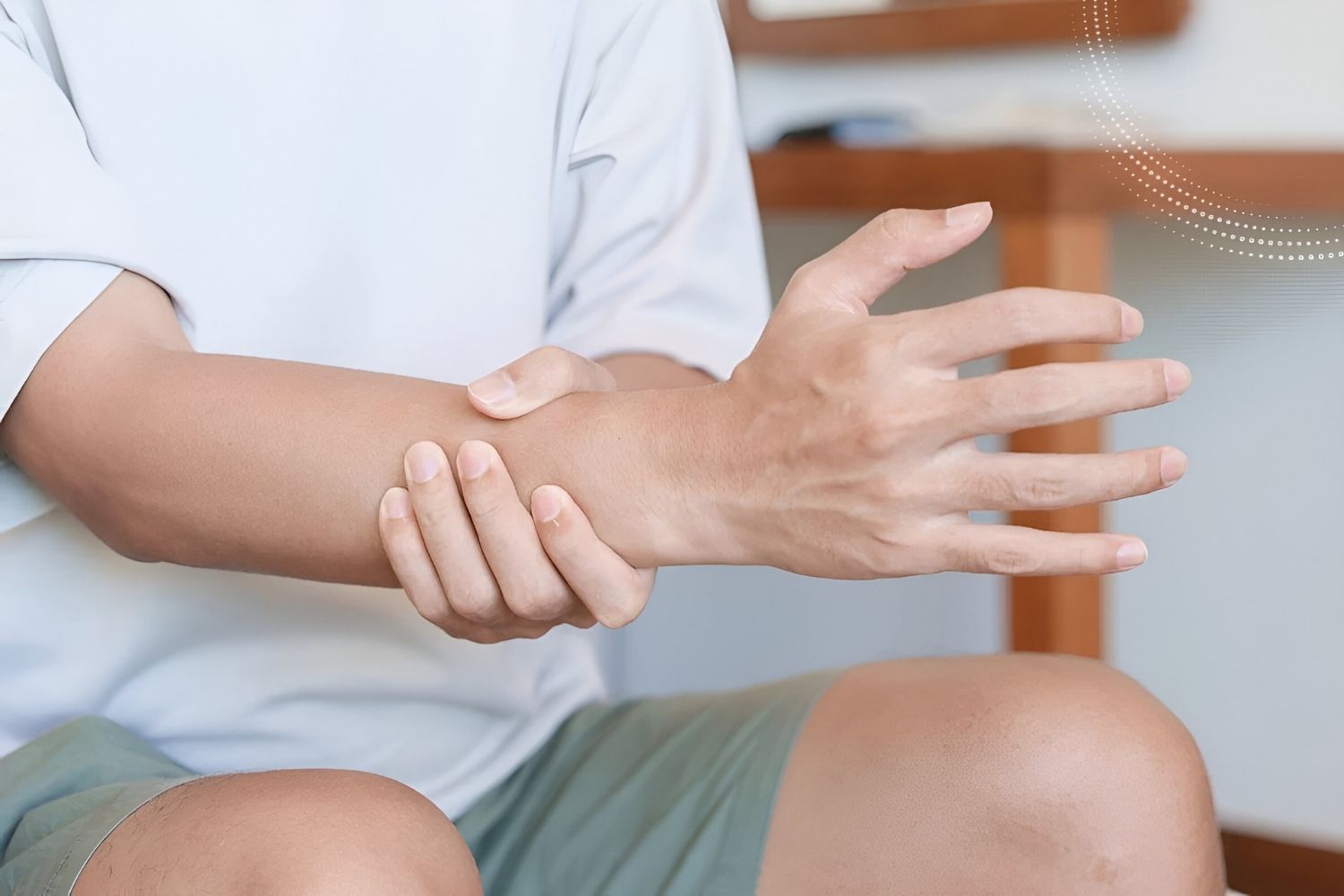
Dystonia Musculorum Deformans might sound like a spell from a fantasy novel, but it's a real and challenging condition. This disorder causes involuntary muscle contractions, leading to twisting and repetitive movements or abnormal postures. Dystonia can affect any part of the body, including the neck, face, arms, and legs. It's not just a physical struggle; it can also impact emotional well-being. Understanding this condition is crucial for those affected and their loved ones. Here, we’ll share 30 essential facts about Dystonia Musculorum Deformans to help you grasp its complexities and learn how to manage it better.
Key Takeaways:
- Dystonia Musculorum Deformans causes uncontrollable muscle movements and postures, often starting in childhood. Treatment options include medications, therapy, and support groups to manage symptoms and improve quality of life.
- Ongoing research and awareness campaigns are essential for understanding and developing new treatments for Dystonia Musculorum Deformans. Genetic research, clinical trials, and patient registries offer hope for the future.
What is Dystonia Musculorum Deformans?
Dystonia Musculorum Deformans, also known as torsion dystonia, is a rare neurological disorder. It causes involuntary muscle contractions, leading to twisting and repetitive movements or abnormal postures. Understanding this condition can help in managing symptoms and improving quality of life.
- Dystonia Musculorum Deformans is a genetic disorder, often inherited in an autosomal dominant pattern.
- The condition primarily affects the muscles, causing them to contract uncontrollably.
- Symptoms usually begin in childhood or early adolescence.
- The severity of symptoms can vary widely among individuals.
- Early signs often include difficulty in walking or unusual postures.
Symptoms and Diagnosis
Recognizing the symptoms early can lead to a quicker diagnosis and better management of the condition. Here are some key facts about the symptoms and diagnosis of Dystonia Musculorum Deformans.
- Muscle spasms are a common symptom, often starting in one part of the body and spreading.
- The condition can cause pain due to the constant muscle contractions.
- Fatigue is another common symptom, as the body works harder to control movements.
- Diagnosis often involves a combination of clinical evaluation and genetic testing.
- MRI scans can help rule out other conditions with similar symptoms.
Causes and Risk Factors
Understanding the causes and risk factors can provide insight into how the condition develops and who might be at risk.
- The exact cause of Dystonia Musculorum Deformans is not fully understood.
- Genetic mutations are believed to play a significant role in the development of the disorder.
- Family history of the condition increases the risk of developing it.
- Environmental factors may also contribute, although this is less clear.
- Stress and fatigue can exacerbate symptoms.
Treatment Options
While there is no cure for Dystonia Musculorum Deformans, various treatments can help manage symptoms and improve quality of life.
- Medications such as muscle relaxants and anticholinergics can help reduce muscle spasms.
- Botox injections are sometimes used to temporarily paralyze overactive muscles.
- Physical therapy can help improve muscle strength and flexibility.
- Occupational therapy can assist with daily activities and improve quality of life.
- Deep brain stimulation is a surgical option for severe cases, involving the implantation of a device that sends electrical impulses to the brain.
Living with Dystonia Musculorum Deformans
Managing daily life with this condition can be challenging, but there are strategies and resources that can help.
- Support groups can provide emotional support and practical advice.
- Adaptive devices such as braces or walkers can assist with mobility.
- Regular exercise can help maintain muscle strength and flexibility.
- Stress management techniques such as meditation or yoga can help reduce symptom severity.
- Diet and nutrition play a role in overall health and well-being.
Research and Future Directions
Ongoing research is crucial for understanding Dystonia Musculorum Deformans and developing new treatments.
- Genetic research is helping to identify specific mutations associated with the condition.
- Clinical trials are testing new medications and therapies.
- Stem cell research holds promise for future treatments.
- Patient registries are being developed to collect data and improve understanding of the condition.
- Awareness campaigns are helping to educate the public and medical community about Dystonia Musculorum Deformans.
Final Thoughts on Dystonia Musculorum Deformans
Dystonia Musculorum Deformans, a rare neurological disorder, affects muscle control, causing involuntary movements and painful spasms. Understanding its symptoms, causes, and treatments can help those affected manage their condition better. Genetic mutations often play a role, but environmental factors might also contribute. Treatments range from medications to physical therapy, and in some cases, surgery. Early diagnosis and intervention can improve quality of life significantly.
Raising awareness about this condition is crucial for better support and research funding. If you or someone you know shows symptoms, consult a healthcare professional promptly. Knowledge empowers patients and caregivers, fostering a supportive community. Stay informed, seek help, and never underestimate the power of a strong support system.
Frequently Asked Questions
Was this page helpful?
Our commitment to delivering trustworthy and engaging content is at the heart of what we do. Each fact on our site is contributed by real users like you, bringing a wealth of diverse insights and information. To ensure the highest standards of accuracy and reliability, our dedicated editors meticulously review each submission. This process guarantees that the facts we share are not only fascinating but also credible. Trust in our commitment to quality and authenticity as you explore and learn with us.
